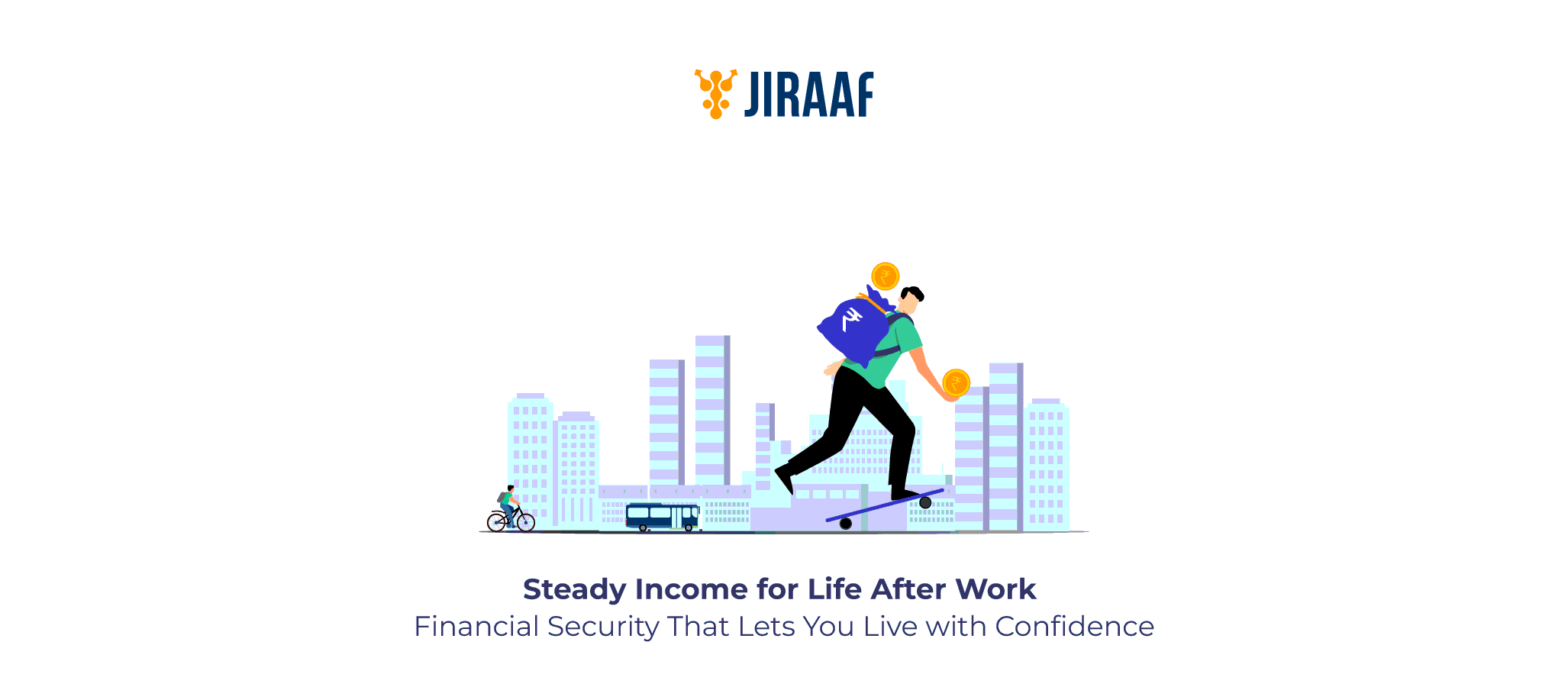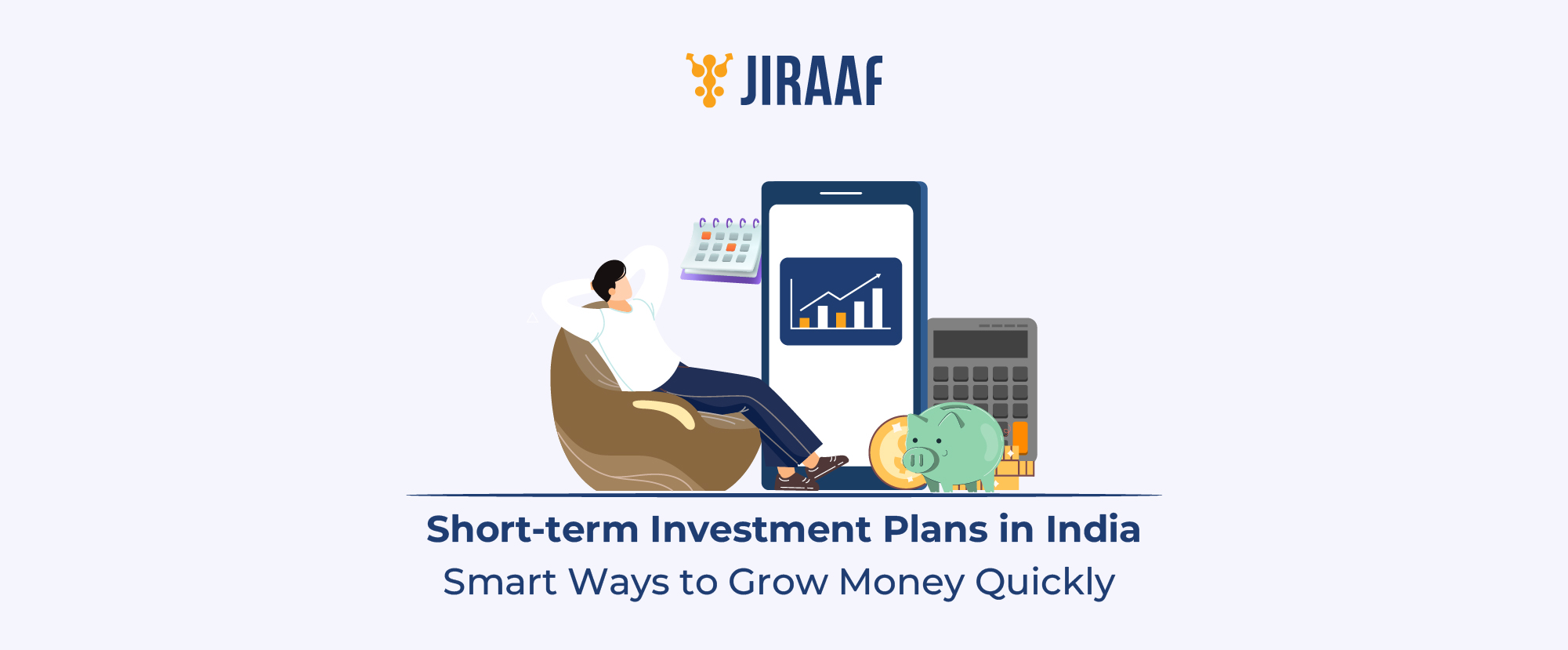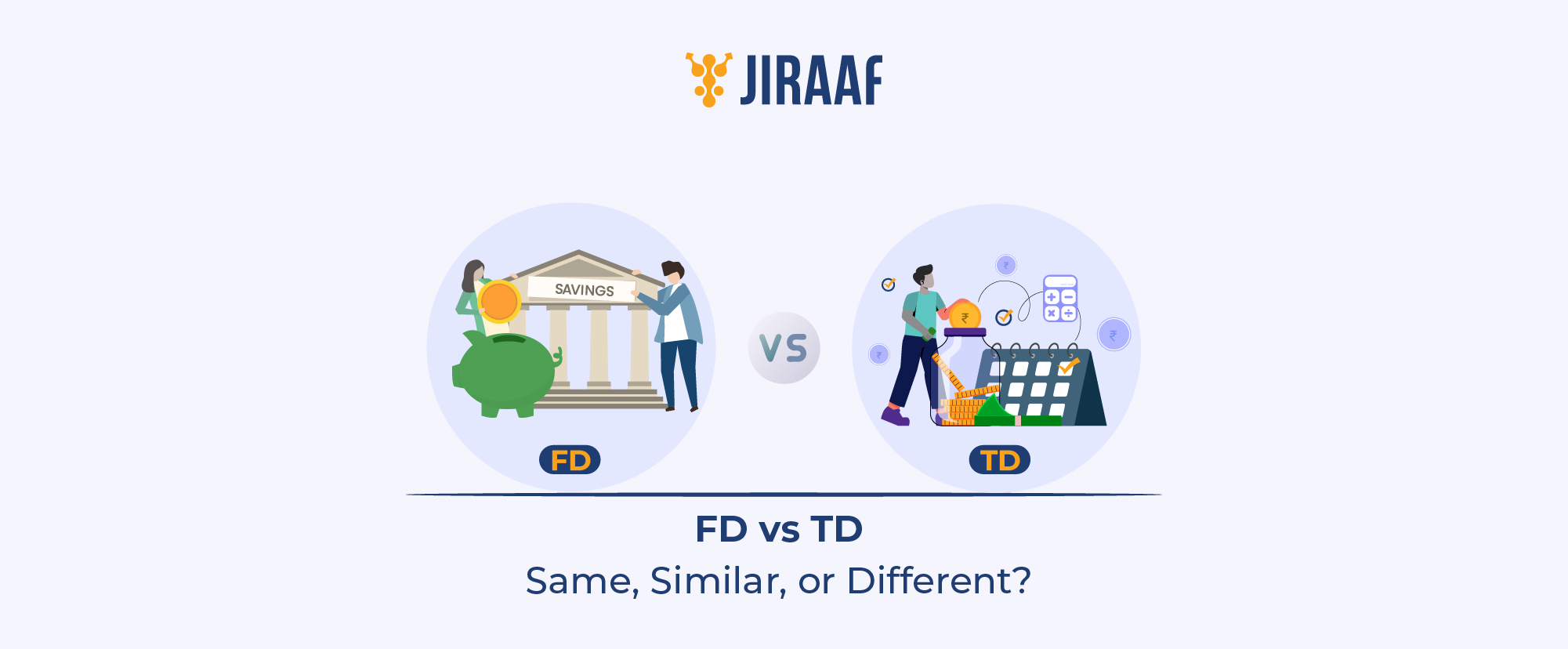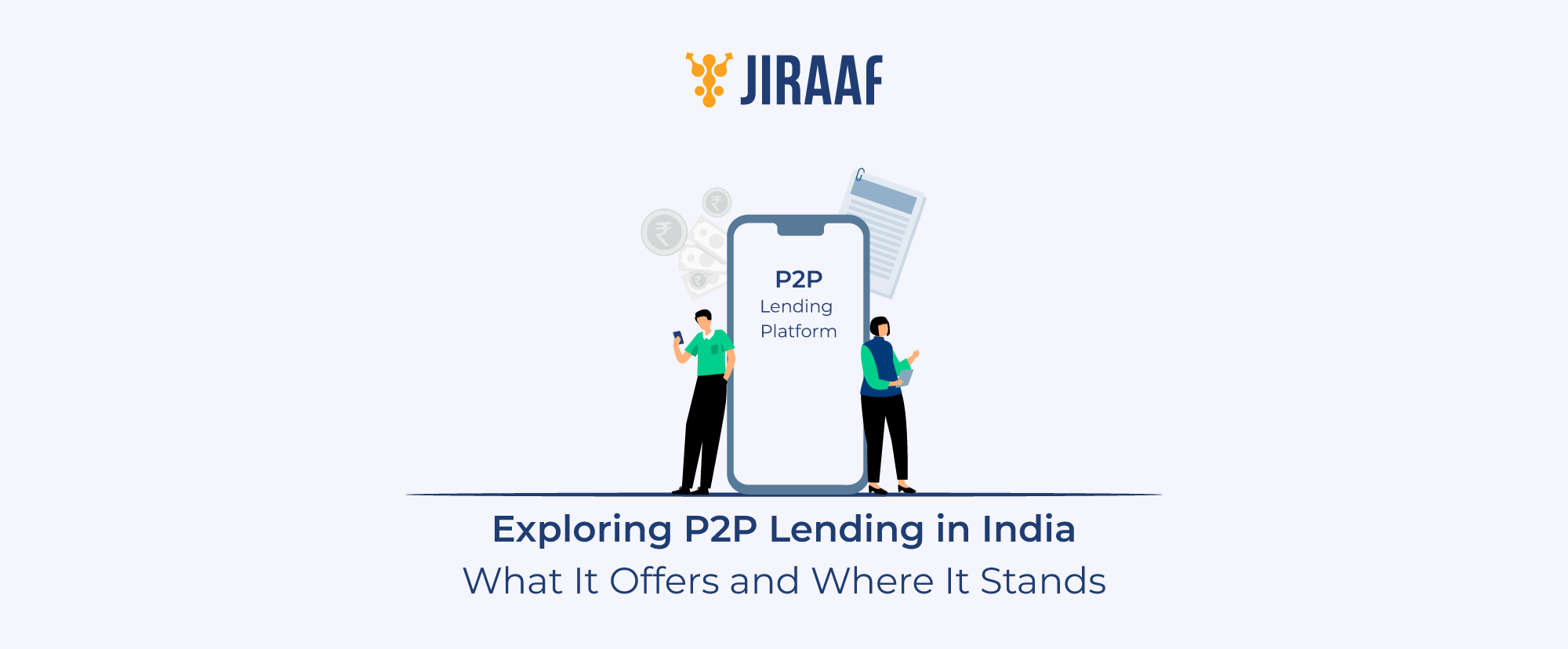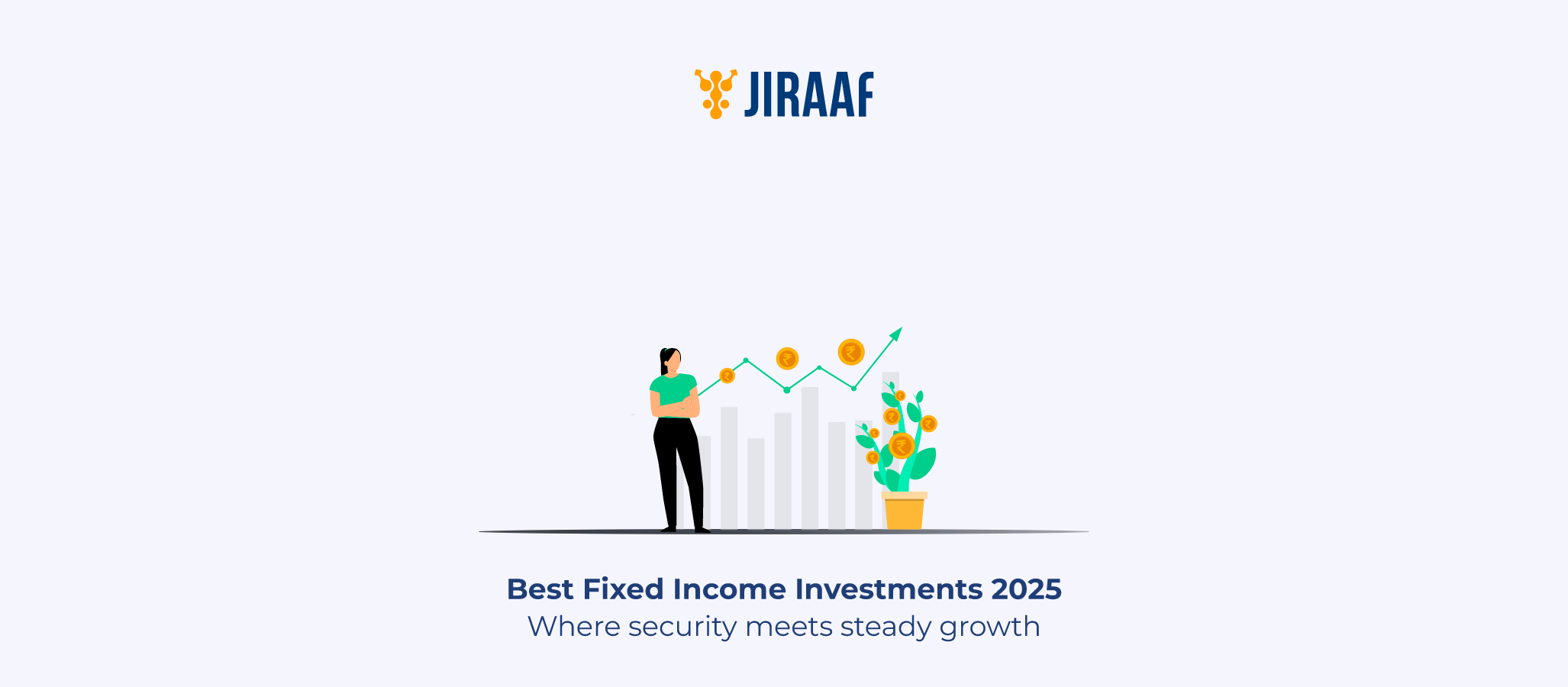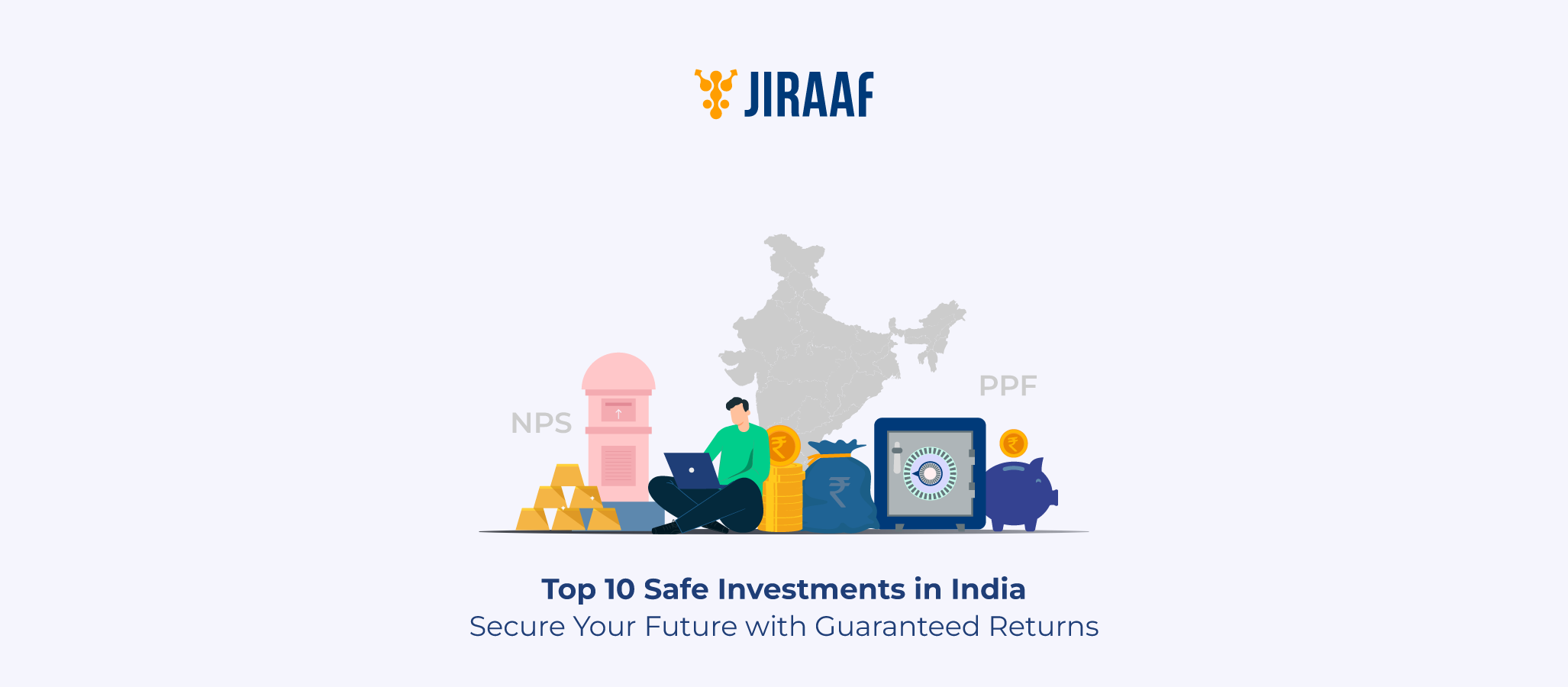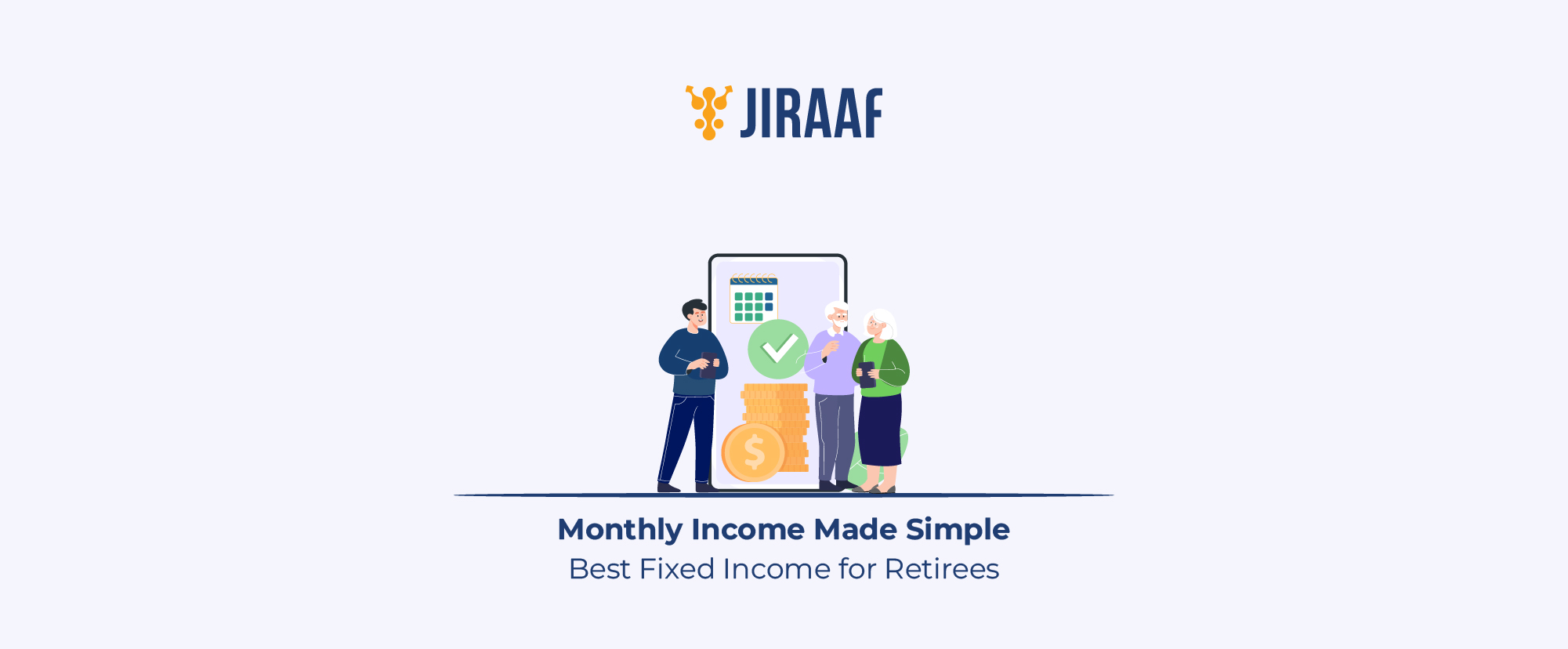We work our entire lives to be able to retire in peace. For as long as we can remember, people say that life will be easy after school, or college, or job, or a family, but this peace we’re chasing is most achievable during our golden years. No responsibilities, no work, just rest.
But your money cannot rest with you. It needs to be put to work efficiently. When salaries cease to flow, we need to come up with other sources of regular income.
And fixed income investments are the perfect fit for these situations. With increasing accessibility and ease of investment, it is now very convenient for senior citizens to participate.
Let’s walk through how fixed income investments can help you, and which schemes are worth considering.
Why Fixed Income Matters for Senior Citizens
When you stop working, your salary stops, but your bills don’t. Food, utilities, medical expenses, travel, and small lifestyle comforts still need steady funding, and with inflation rising, the value of money keeps declining. That is why regular income plays a critical role for senior citizens.
- Predictable income: No matter what’s happening in the stock market, you know exactly when your payout will arrive, giving you certainty in your cash flow.
- Capital safety: Fixed-income options generally focus on protecting your savings rather than chasing high-risk returns, which helps preserve your wealth.
- Financial independence: A steady flow of money ensures that you do not have to borrow or rely on your children to meet daily needs.
- Peace of mind: Guaranteed income makes it easier to plan both monthly and yearly budgets without worrying about market fluctuations.
This is why choosing the best fixed income for senior citizens is about securing dignity and comfort in your later years.
Top Fixed Income Schemes for Senior Citizens
There are many fixed-income options available today, but not all are suitable for retirees. Senior citizens need safe, reliable plans that offer steady payouts and protect their savings.
However, a few government-backed and trusted financial schemes stand out as the best choices. Let’s take a closer look at these fixed-income schemes designed to bring stability and peace of mind to retirement.
Senior Citizens Savings Scheme (SCSS): Government-backed Security with Regular Income
If there’s one scheme made specifically with retirees in mind, it’s the senior citizens savings scheme.
- Eligibility: The scheme is available to anyone over 60 years of age, or to individuals above 55 who have opted for voluntary retirement under certain conditions.
- Tenure: The investment comes with a tenure of 5 years, which can be extended by an additional 3 years upon maturity.
- Quarterly payouts: Interest is credited quarterly on the 1st of April, July, October, and January, ensuring retirees receive a predictable flow of income every three months.
- Rates: The interest rate is reset every quarter by the government, which means it adjusts according to prevailing market conditions.
- Tax benefits: Investments in SCSS qualify for deductions under Section 80C, up to ₹1.5 lakh per financial year. However, the interest earned is fully taxable.
- Why it works: SCSS is one of the safest and most popular fixed-income schemes for senior citizens, specifically designed to meet their needs, and it serves as a strong anchor for any retirement portfolio.
SCSS offers quarterly income, but if you prefer monthly payouts, POMIS is worth considering.
Post Office Monthly Income Scheme (POMIS): Reliable Monthly Payouts
For seniors who prefer receiving income every month instead of quarterly, the post office monthly income scheme is a great choice.
- Interest rate: As of 2025, POMIS offers an interest rate of around 7.4 percent.
- Payouts: The scheme provides monthly interest payments, which are particularly helpful for meeting routine household expenses without disruption.
- Tenure: The investment tenure is 5 years, and there is no option to extend the scheme after maturity. However, a matured POMIS account can be opened as a fresh account at the prevailing interest rate.
- Safety: Since it is backed by the Government of India, the scheme is considered virtually risk-free.
- Why it’s good: POMIS is perfect for those who want a safe and straightforward scheme with guaranteed monthly cash flow. For example, an investment of ₹9 lakh can generate a steady monthly income of approximately ₹5,550.
Monthly income is useful, but for long-term, tax-free growth, PPF is a strong choice.
Public Provident Fund (PPF): Long Term Retirement Wealth Building
While many retirees focus only on immediate income sources, the public provident fund deserves attention for its long-term safety and tax benefits.
- Limit: Investors can contribute up to ₹1.5 lakh each year to their PPF account.
- EEE category: The scheme falls under the exempt-exempt-exempt (EEE) category, which means contributions are tax-deductible, interest earned is tax-free, and the maturity amount is also exempt from tax.
- Tenure: PPF comes with a tenure of 15 years, and partial withdrawals are allowed after the completion of 7 years.
- Returns: The interest rate is fixed by the government and is reset every quarter in line with market trends.
- Why seniors choose it: Although PPF is not an instant income source, it is an excellent wealth preservation tool. Seniors in their early 60s who invest in PPF can enjoy tax-free returns that continue to provide security well into their 70s and 80s.
PPF secures the future, but if you want returns linked to market rates, RBI bonds fit well.
RBI Floating Rate Bonds: Inflation-protected Returns
Another strong option for retirees is the RBI Floating Rate Bond, which is a direct government-backed product.
- Interest: The interest is linked to the National Saving Certificate Scheme
rate, which means it changes in line with market movements. Specifically, the interest rate is reset semi-annually and is set at 0.35% above the prevailing NSC rate.
- Payouts: Investors receive interest payments twice a year, specifically on January 1 and July 1.
- Safety: Since the bonds are issued by the Reserve Bank of India, there is virtually no risk of default.
- Eligibility: Both individuals and Hindu Undivided Families (HUFs) are eligible to invest in these bonds.
- Pros: The bonds are safe, reliable, and automatically adjust to market interest rate trends, which protects investors against inflation to some extent.
- Cons: The only drawback is that payouts are semi-annual, which may not suit retirees who prefer more frequent income.
RBI Bonds are safe, but for higher returns with some risk, corporate FDs are another option.
Corporate Fixed Deposits: Safe and Guaranteed Returns
Bank fixed deposits have traditionally been the go-to choice for many retirees, but corporate fixed deposits can offer a little extra in terms of returns.
- Returns: Corporate FDs generally provide higher returns compared to regular bank fixed deposits.
- Safety: The safest approach is to invest only in deposits from companies that have strong credit ratings of AA or above, as rated by agencies like CRISIL or ICRA.
- Flexibility: These deposits come with various tenure options, but investors should keep in mind that premature withdrawals may involve penalties.
- Diversification rule: It is advisable not to allocate more than 10 to 15 percent of one’s overall retirement portfolio into corporate FDs, since they carry slightly higher risks.
- Why choose them: For seniors who can take on a moderate level of risk, corporate FDs can generate higher income than traditional bank deposits while still offering a relatively stable investment option.
Finding Balance: A Comparison of Fixed Income Choices
Here’s a quick side-by-side look at the top fixed-income options for retirees, so you can see the trade-offs at a glance.
| Scheme | Key Features | Best For |
| Senior Citizens Savings Scheme | Eligibility: 60+ (55+ under VRS) Tenure: 5 yrs + extendable 3 Payouts: Quarterly Rate reset quarterly Tax: 80C benefit, interest taxable Govt-backed | Retirees who want safe, steady quarterly income |
| Post Office Monthly Income Scheme | Tenure: 5 yrs Payouts: Monthly Interest ~7.4% No extension (fresh account needed) Taxable interest Govt-backed | Seniors who want predictable monthly cash flow |
| Public Provident Fund | Tenure: 15 yrs Partial withdrawals after 7 No regular payouts (lump sum at maturity) EEE tax benefits Govt-backed | Long-term, tax-free growth and wealth preservation |
| RBI Floating Rate Bonds | Tenure: 7 yrs Payouts: Semi-annual (Jan & Jul) Interest = NSC rate +0.35% Interest taxable. RBI-backed | Safety with inflation-linked returns, steady half-yearly income |
| Corporate FDs | Tenure: 1–5 yrs Payouts: Flexible (monthly/quarterly/annual). Higher returns than banks. Interest taxable. Company-rated risk (AA+ safer) | Seniors okay with moderate risk for higher returns |
With so many options, the real task is choosing the right mix to suit your retirement needs.
Conclusion: Choosing the Right Fixed Income Option
Choosing the right fixed income for senior citizens is all about balancing safety, income frequency, returns, and tax efficiency. There is no single “best” scheme that fits every retiree, which is why most seniors benefit from allocating funds to 2–3 options.
For instance, SCSS is best suited for retirees who want reliable quarterly payouts. POMIS is ideal if you’re seeking a steady monthly income to cover everyday expenses. PPF, on the other hand, works well for individuals looking to build long-term, tax-free wealth. Corporate FDs and RBI Floating Rate Bonds can add moderate risk or semi-annual income for those willing to diversify further.
When selecting fixed income schemes for senior citizens, it is essential to consider your cash flow needs, tax bracket, and comfort with risk. By strategically combining these options, you can ensure a steady, reliable, and tax-efficient income, helping maintain independence and peace of mind in your later years. With careful planning, the right mix of fixed income schemes for senior citizens can make your retirement not just secure, but financially stress-free.
